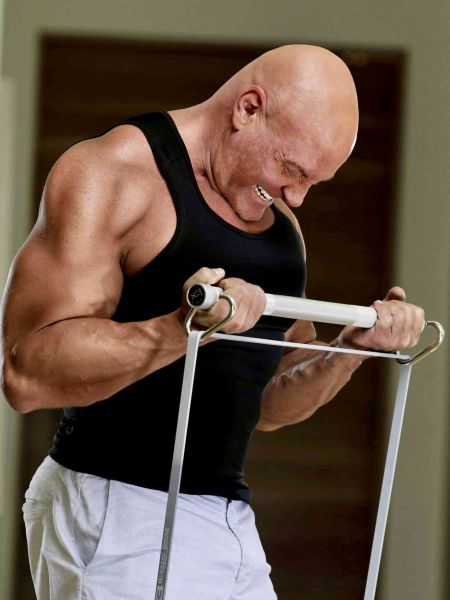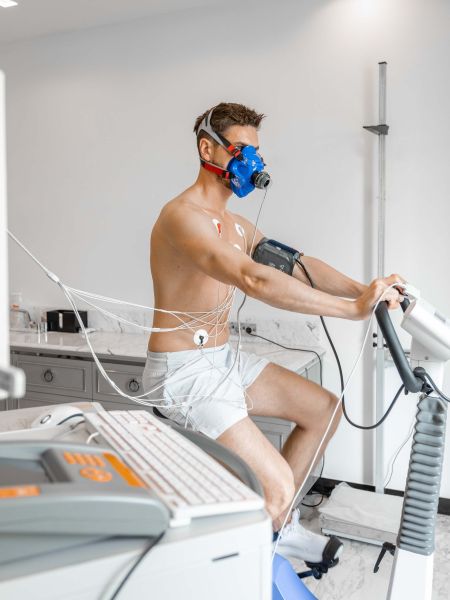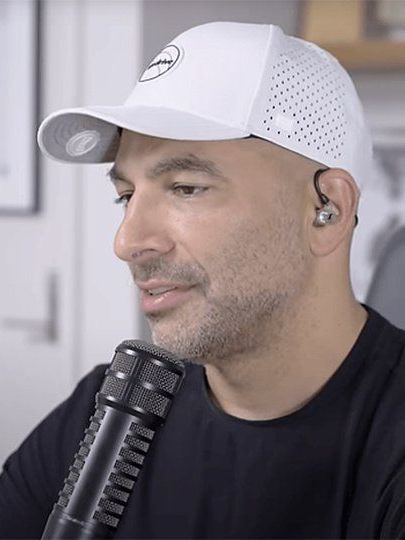The Science Of Muscle Fiber
Fuel sources, growth factors, and training implications
Let's geek out about muscle fibers, shall we? If you haven't read our intro article to muscle fiber, do that first then come back here, otherwise this won't make sense or will just be boring.
If you've been following along with our strength-related articles, you know there's a correlation between strength and longevity.
And you know that there's two different types of muscle fibers (slow-twitch and fast-twitch) and that fast-twitch are more important than just for velocity at the gym, they're crucial for maintaining mobility and independence as you age.
Hopefully you've drank the Kool-Aid we've been sipping and also feel that understanding muscle fiber is really important.
Let's dig into the physiology and science behind this concept to unlock our full strength potential!
Physical Characteristics:
|
Feature |
Slow-Twitch (Type I) |
Fast-Twitch (Type II) |
|
Color |
Red |
White |
|
Fiber Diameter |
Small |
Large |
|
Mitochondria Density |
High |
Low |
|
Capillary Density |
High |
Low |
|
Myoglobin Content |
High |
Low |
|
Glycogen Stores |
Low |
High |
|
Contraction Speed |
Slow |
Fast |
|
Fatigue Resistance |
High |
Low |
|
Force Production |
Low |
High |
|
Primary Energy Source |
Oxidative (Aerobic) |
Glycolytic (Anaerobic) |
Fuel Sources
From the table above, you can probably see some how the physical characteristics of these fibers differ. Let's now look at how we can give them what they need to help us move freely and strongly through our day-to-day activities.
-
Slow-Twitch: Primarily rely on oxidative metabolism, using oxygen to break down fats and carbohydrates for energy. This makes them well-suited for endurance activities.
-
Fast-Twitch: Primarily rely on glycolytic metabolism, breaking down stored glycogen (carbohydrates) for energy without oxygen. This provides quick bursts of power but leads to faster fatigue.
Growth Factors:
When it comes to training strategies you'll want to take a different approach depending on the fibers you're trying to grow.
-
Slow-Twitch: Respond best to high-volume, low-intensity training with shorter rest periods. Endurance activities like running, swimming, or cycling promote slow-twitch fiber growth.
-
Fast-Twitch: Respond best to high-intensity, low-volume training with longer rest periods. Strength training exercises like heavy lifting, plyometrics, and sprints stimulate fast-twitch fiber growth.
Inhibitors of Growth:
There's a use-it-or-lose it factor when it comes to muscle fibers (especially when it comes to your fast-twitch fibers).
These are a few things that could work against the quality of your efforts:
Inactivity: Lack of physical activity can lead to muscle atrophy, particularly in fast-twitch fibers.
Aging: As we age, fast-twitch fibers naturally decline, but this process can be accelerated by inactivity.
Overtraining: Excessive training without adequate rest can lead to muscle breakdown and hinder growth.
Poor Nutrition: Inadequate protein intake and insufficient calories can impede muscle growth and recovery.
Chronic Stress: High levels of cortisol (stress hormone) can negatively impact muscle growth.
Training Implications:
If you want to hack your training routine to get better results, these are a few things to consider:
-
Variety is Key: Incorporate both endurance and strength training into your routine to target both fiber types.
-
Prioritize Recovery: Allow adequate rest between workouts and prioritize sleep and nutrition for optimal muscle growth.
-
Tailor Your Training: Consider your individual goals and needs when designing your training program.
Understanding the microanatomy, fuel sources, and growth factors of slow-twitch and fast-twitch fibers allows for more informed training decisions and a well-rounded approach to fitness.
By incorporating both endurance and strength training into your routine, you'll create a well-rounded fitness plan that supports optimal muscle function and longevity.
Listen to your body, tailor your workouts to your individual needs and goals, and watch as you unlock a more active, independent, and fulfilling life as you age.
Remember, age is just a number, and with the right approach, you can defy it and stay strong for years to come!





